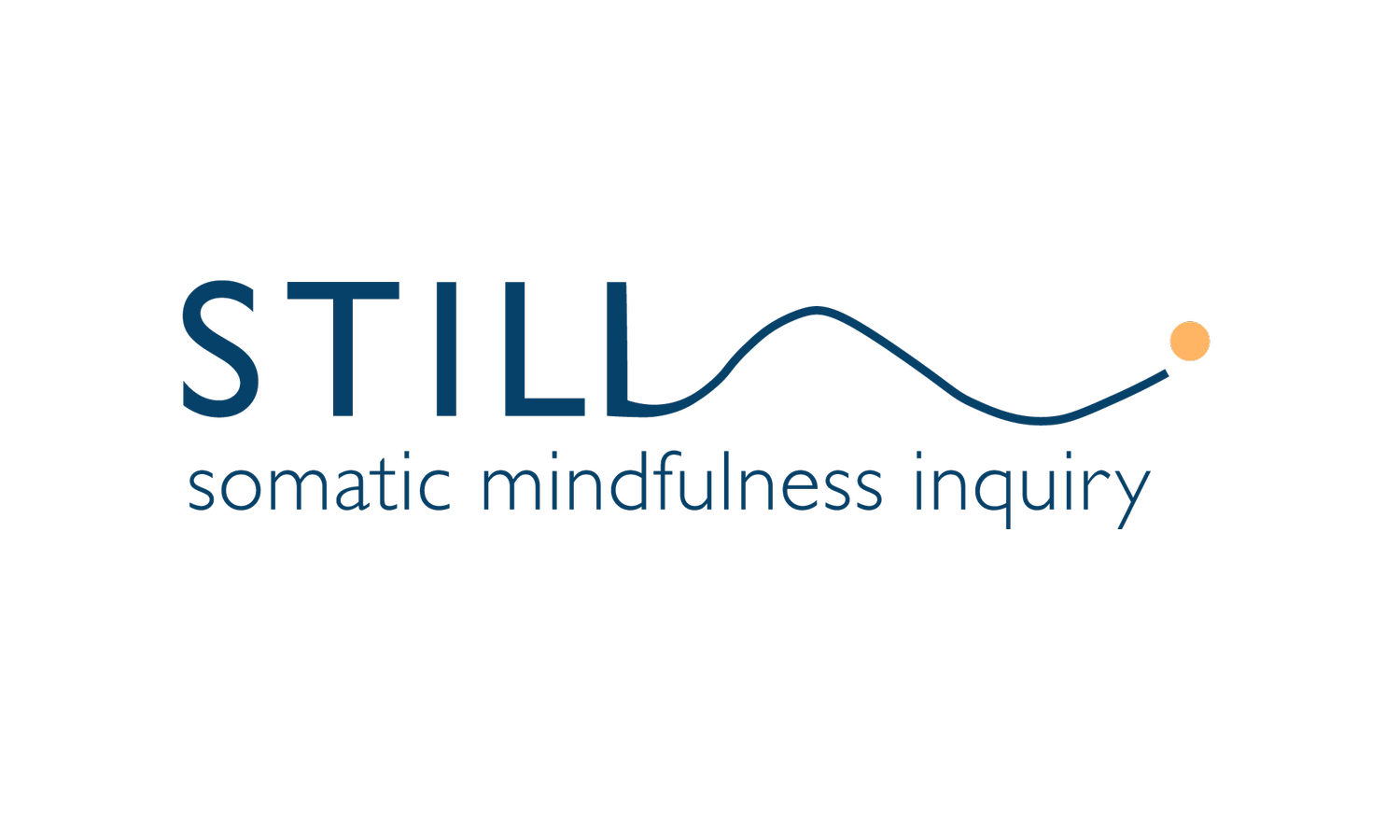Grieving What Trauma Took From Us
Many people think of trauma as a dramatic, isolated event, but trauma is often quieter than that. We have experienced a slow accumulation of experiences that taught us it wasn’t safe to feel, trust, speak up, or engage. Over time, these protective responses—like fight, flight, freeze, or fawn—may have helped us survive, but they also came at a cost.
This cost is what we explore in the practice What Was Lost: A Gentle Inquiry into Trauma and Grief. In somatic inquiry, we connect with our body and invite awareness of what we are holding in our unconscious. We gently turn toward what was lost: opportunities we didn’t take, relationships that didn’t deepen, dreams we let go of, or the parts of ourselves we had to silence to feel safe.
We start by grounding in the present moment. This is key. Without that sense of “I’m here now, and I’m safe,” looking at the past can become overwhelming. With somatic awareness—breath, touch, and gentle movement—we can stay connected to the present while bringing awareness to the impact trauma has had on our lives.
One part of the practice involves noticing which trauma response shaped your adult years. Maybe you recognize yourself in the flight response: always moving, avoiding commitment, not feeling able to stay. Freeze is more like feeling numb, disconnected, and checked out. For some, it’s fawning—over-accommodating others to stay safe. Others may recognize a fight response—intense emotional outbursts, ruptured relationships, and difficulty with anger.
By staying in your body and keeping awareness on your breath, you can begin to feel what’s been hidden. You might notice grief, regret, or even sadness for the parts of life that felt out of reach. We might notice an inner critic or feelings of shame. One of the core themes of my work is to stop retroactively judging ourselves for doing what we had to do to survive. We were at the level of healing we were at then and now we are here.
There was very little known about ordinary trauma when we were younger. The study on ACES Adverse Childhood Experiences was in the 1990’s. Our parents and ourselves as parents didn’t have the resources and understanding then that we have now. As we look back, we need to remember that.
This kind of practice is about being with yourself with kindness. Feel the weight of what wasn’t possible then and hold that with compassion. Sometimes, healing includes acknowledging the pain of what we couldn’t do for others when we were overwhelmed ourselves. We grieve to free up space inside for new choices, deeper relationships, and a more conscious present.
There’s no perfect way to do this. It’s not about solving everything in one sitting. We take it in manageable pieces, regulate our nervous system, and return to safety again and again. Over time, we strengthen our capacity to stay with hard emotions and repair our relationship with ourselves and then with others. When we are in a survival mode (fight/ flight/ freeze/ fawn) we lose our capacity for compassion and connection. As we come back into a calmer, steadier state, our hearts open back up and we can offer ourselves the empathy we have longed for our whole life.
If this speaks to you, consider giving the guided practice a try. Let it be a starting point to acknowledge the past, including grief and regret, and living more fully in the present.
